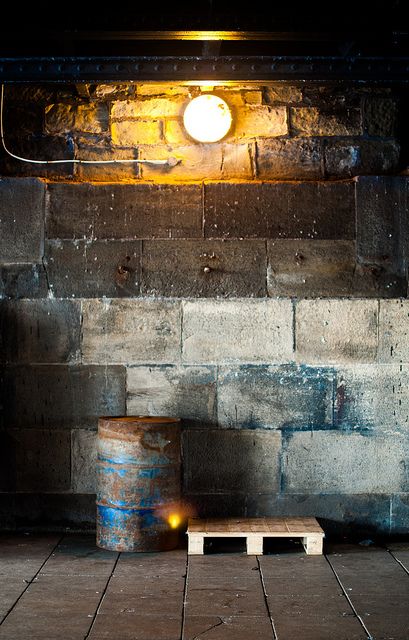
There is a little known but important classing rule to take into account when you’re palletizing your freight. Considering this is LTL, (hopefully) you’re palletizing most of your freight (on standard-sized pallets, no doubt). So listen up!
We call it the 65% Rule, and what it means is that when a commodity or item is shipped on a pallet/skid, that item must take up at least 65% of the surface area of the pallet. Straight from the book:
The surface area occupied shall be determined by multiplying the greatest straight-line dimensions of length and width of the commodity(ies), including packaging or bracing necessary to secure the commodity(ies) and/or maintain the orientation of the commodity(ies).
This excerpt is taken from the NMFC code 150390, a density-based freight class. If the item does not meet the requirements (doesn’t take up 65% of the pallet or skid), that item is subject to a be re-classed as a pallet.
If this happens, the new density rating will not take into account packaging or bracing, only the height of the pallet and the dimensions of the commodity on board. Once the density is determined, the highest class will be used. Use of this “higher class” might result in a re-class.
Sometimes this freight speak can get confusing, so let’s look at a real-world example: Let’s say you’re shipping class 50 freight in a drum. However, the drum and it’s packaging do not take up 65% of the surface area of the pallet.
The carrier will measure the density using the protocol above, and the freight will be re-classed from class 50 to a higher class. This will cost you money beyond the original freight quote.
To avoid these additional charges, make sure you’re using pallets that are the correct fit for your freight. Most of the time in LTL, items are large enough that they and their packaging will cover the required 65% of the standard pallet surface space.
However, it’s always best to be aware of any possible additional charges you might be responsible for. That way, you can plan to avoid them.